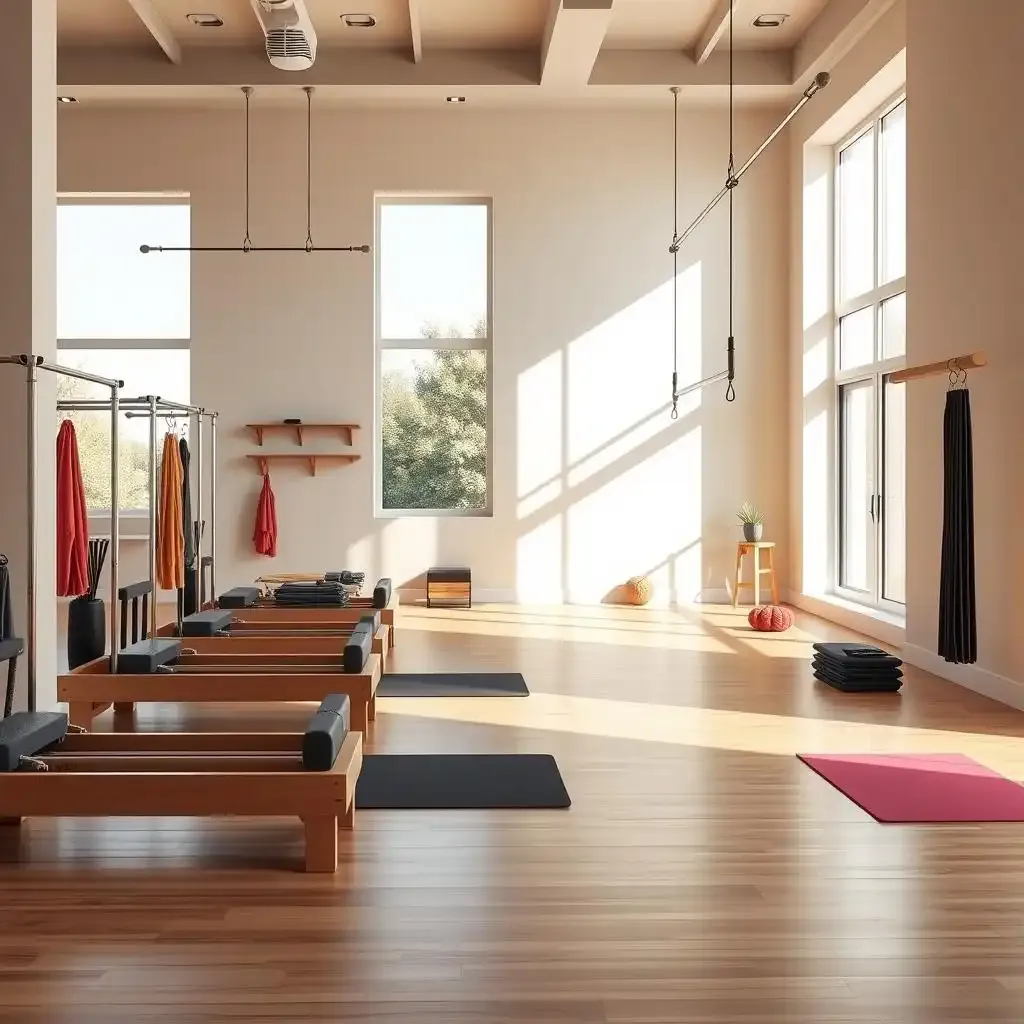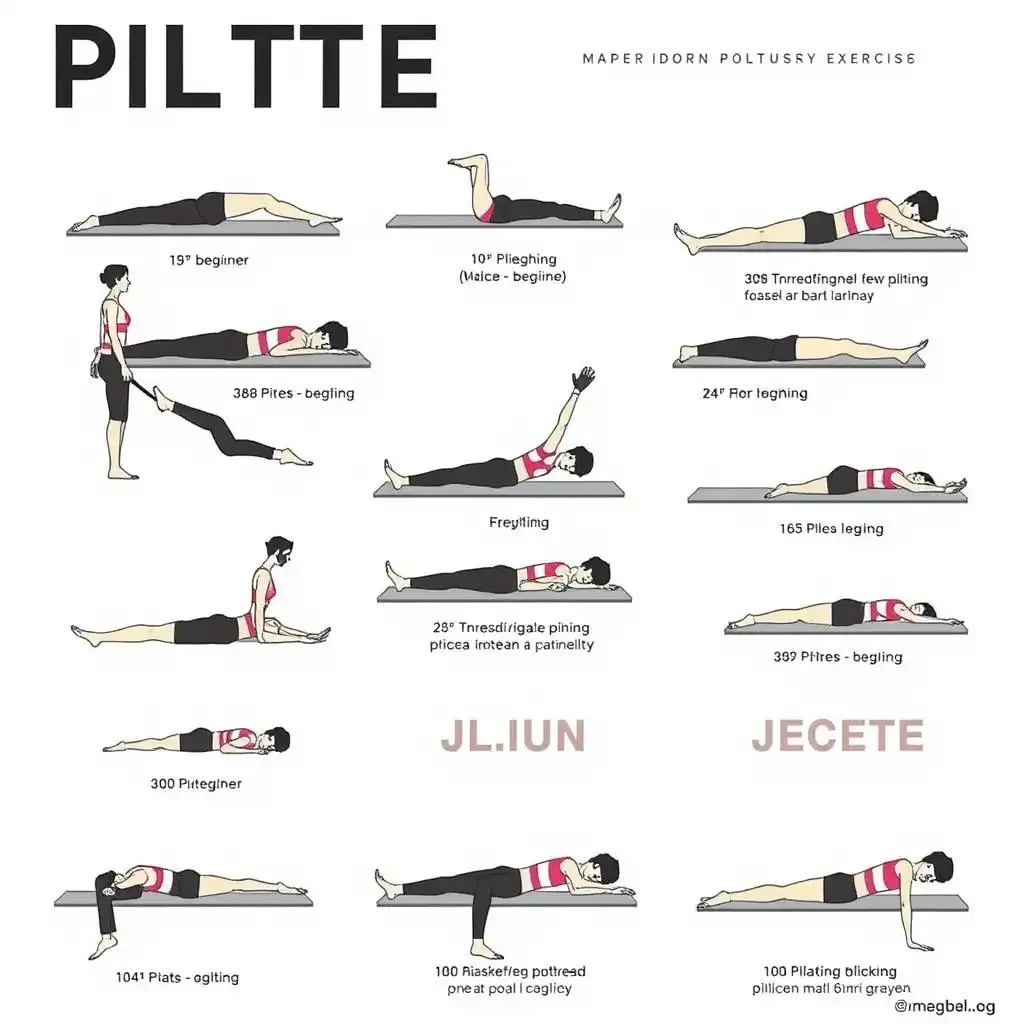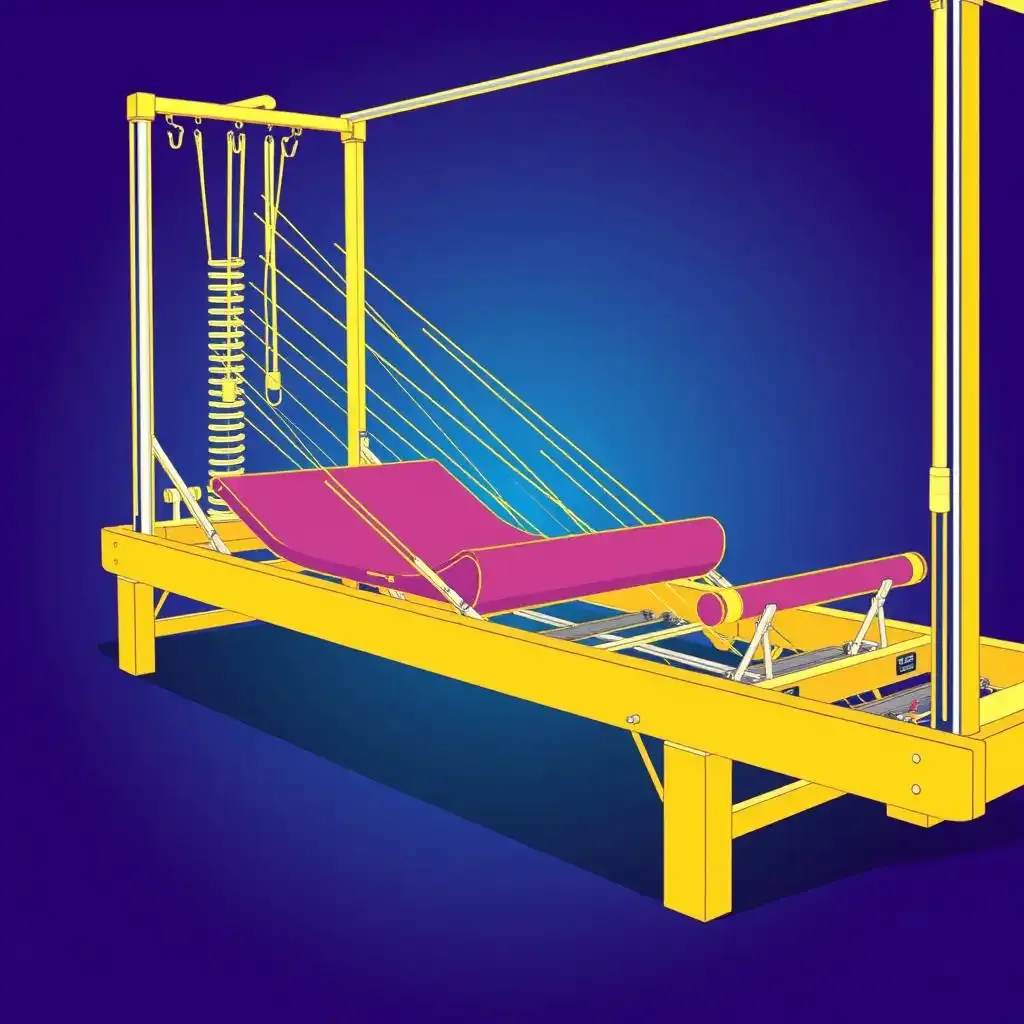Table of Contents
So, you're curious about Pilates. Maybe you've heard it's amazing for your core, or maybe you're picturing some impossibly bendy yogi contorting into shapes you never knew existed. The question on everyone's mind: should pilates be hard? The short answer is… it depends. Completely and utterly depends on you. Pilates, unlike some workout regimes, isn’t about brute strength or sweating buckets (though you might!). It's about precision, control, and gradually building strength. This article will explore the spectrum of Pilates intensity, from beginner-friendly to advanced challenges. We'll unpack the common misconceptions around "hard" Pilates and help you determine what level is right for *your* body and goals. Remember, the goal isn't to suffer, but to strengthen and improve your body awareness. Find your perfect Pilates rhythm with kizworld – let's examine in!
Should Pilates Be Hard? Ultimate Guide
Should Pilates Be Hard? Debunking the Myths
Myth 1: Pilates is Only for the Flexible
Okay, let's get this straight: Pilates isn't some exclusive club for already-bendable people. I used to think that, too! I mean, those Instagram photos of people doing crazy poses... intimidating, right? But the truth is, Pilates is adaptable. It's like a puzzle – you start with the easier pieces (the simpler exercises) and work your way up to the tougher ones. Beginners often find the focus on control and precision more challenging than the physical exertion itself. It's about building a strong foundation, not immediately attempting advanced moves. You'll gradually increase your flexibility and strength as you progress, trust me. And if you're still unsure, check out my post on is Pilates good for you? to see how it can benefit different body types.
Misconception | Reality |
|---|---|
Pilates requires extreme flexibility | Pilates improves flexibility gradually |
Pilates is only for experienced athletes | Pilates is adaptable for all fitness levels |
Myth 2: If It Doesn't Burn, It Doesn't Work
Another big misconception: Pilates has to leave you dripping in sweat to be effective. Wrong! Pilates is about controlled movements, not high-intensity cardio. While you might get a good workout, the focus is on engaging your deep core muscles and improving body awareness. Think of it like this: you're sculpting your body from the inside out, not just burning calories. It's about building strength and stability, not just about burning calories. And while we're on the subject of burning calories, you might want to read my article on does Pilates burn calories? to see how it can contribute to your fitness goals.
- Strengthens core muscles
- Improves posture
- Increases body awareness
Myth 3: Pilates is Easy; It's Not a Real Workout
This one makes me chuckle. "Easy"? Try holding a plank for two minutes while maintaining perfect form! Or try doing 100 repetitions of the Pilates roll-up without collapsing into a giggling heap. Pilates might not look as intense as weightlifting or running, but the deep muscle engagement and precision required can be seriously challenging. It's like a mental workout as much as a physical one. You're constantly focusing on your alignment and breathing, which can be surprisingly exhausting! The results speak for themselves. See what I mean? Read my post on how Pilates changed my body for some real-life proof.
“The mind, once stretched by a new idea, never regains its original dimensions.” – Oliver Wendell Holmes Jr.
The Truth About Pilates Intensity: Finding Your Level
Finding Your Pilates Sweet Spot: It's All About You!
Let's be honest, the whole "should Pilates be hard?" thing is a bit of a trick question. It's like asking, "Should a good book be long?" Some people love epic sagas, others prefer quick, punchy reads. Pilates is the same way! For me, the beauty of Pilates lies in its adaptability. You can totally tailor it to your current fitness level. Are you brand new to exercise? Start with super gentle movements, focusing on correct form. Think of it as learning to ride a bike – you don't jump on a BMX and try a backflip on your first try! You start with the basics, slowly building up your strength and balance. Remember, consistency is key! Even a few minutes of focused Pilates a day is better than nothing, and you can always increase the intensity as you feel more comfortable. If you're unsure where to start, check out my post on to learn more.
- Start slowly and gradually increase intensity.
- Focus on proper form over speed or difficulty.
- Listen to your body and rest when needed.
Level Up Your Pilates: From Beginner to Boss
Once you've got the hang of the basics and are feeling confident, you can start to push yourself a little more. This is where the magic happens! You can introduce more challenging exercises, increase the number of repetitions, or add resistance bands or weights to intensify your workout. Think of it as leveling up in a video game—each new challenge unlocks new abilities and rewards. Maybe you'll learn you're a natural at the hundred, or maybe you'll find that some exercises are more challenging than others. That's perfectly okay! The point is to keep moving forward, keep learning, and keep enjoying the process. Don't forget to listen to your body and take rest days when you need them. Want to see how Pilates can transform your body? Check out my experience on .
Pilates Level | Intensity | Example Exercises |
|---|---|---|
Beginner | Low | Pelvic tilts, spine stretches |
Intermediate | Medium | Roll-ups, single leg circles |
Advanced | High | Side bends with rotation, teaser |
The Truth About Pilates Intensity: Finding Your Level
Should Pilates Be Hard for Beginners? A Gentle Start
Ease into it: Your Pilates Process Begins
Hey there, future Pilates pro! Let's be real, starting anything new can feel a little daunting. Pilates is no exception, but trust me, it doesn't have to be a terrifying ordeal. Think of it like learning to ride a bike. You wouldn't jump on a mountain bike and try a backflip on your first go, right? You start with the basics, finding your balance, and slowly building up confidence. Pilates is exactly the same. We're aiming for controlled movements, not Olympic-level feats of strength. In the beginning, it's more about finding the right form than pushing yourself to the limit. Focus on your breath, engage your core, and listen to your body. It's about building a solid foundation—a strong core and good posture—that will support you as you progress. Need more convincing? Check out my post on to see how even gentle movements can make a big difference.
Beginner Exercise | Focus | Benefits |
|---|---|---|
Pelvic tilts | Core engagement | Improved posture |
Shoulder bridge | Glute activation | Increased stability |
Spine stretch | Flexibility | Reduced back pain |
Listen to your body: It's your guide!
I remember my first Pilates class. I was so focused on *trying* to do everything perfectly that I ended up tense and frustrated. It's important to remember that Pilates is a trip, not a race. You'll have days where you feel strong and days where you feel... less strong. It's all part of the process! Sometimes, it's okay to modify exercises or take breaks. Your body will thank you for it. The goal isn't to push yourself to exhaustion but to build strength and awareness. Think of it as a conversation with your body. It's telling you what it needs, so listen carefully! Don't compare your progress to others; everyone's trip is unique. And if you're wondering how Pilates can transform your body, check out my personal experience on .
- Don't be afraid to modify exercises.
- Listen to your body and rest when needed.
- Focus on quality over quantity.
Advanced Pilates: When Does It Get Really Challenging?
Okay, so you've mastered the basics. You're feeling strong, your posture's improved, and you're even starting to enjoy those little isometric burns. Congratulations! But let's be honest, the real Pilates exploration begins when things get *interesting*. That's where the "should Pilates be hard?" question really gets fun.
For me, the jump to "advanced" Pilates felt like scaling a slightly wobbly mountain. The initial climbs were manageable, but as I progressed, I encountered new challenges. It wasn't just about adding more reps; it was about refining my precision and control. I started noticing tiny muscle groups I didn't even know existed! Suddenly, holding a plank wasn't just about holding a plank—it was about engaging my deepest core muscles, keeping my hips square, and maintaining perfect alignment from head to toe. It was exhausting, but in a rewarding kind of way. It's like learning to play a musical instrument – once you master the basics, you can create beautiful, complex pieces, but it takes time and dedication. Want to see how Pilates can totally change your life? Check out my post on Pilates life change.
- Increased repetitions
- More complex movements
- Adding resistance
One day, I attempted the "teaser" exercise for the first time. Let me tell you, it felt like trying to balance on a unicycle while juggling flaming torches. My muscles screamed, I wobbled precariously, and I almost face-planted a few times. But, through perseverance, I eventually got it. And the feeling of accomplishment? Pure bliss! That's what makes advanced Pilates so rewarding. It's not about how quickly you get there, but about the trip. It's about challenging your limits and celebrating small victories along the way. It's a rewarding challenge, and it's amazing how much stronger you'll get. Are you wondering if Pilates is even right for you? Check out my post on .
Challenge | Solution |
|---|---|
Lack of core strength | Focus on foundational exercises |
Poor posture | Work on alignment and breathing |
Limited flexibility | Incorporate stretches and mobility work |
Remember, advanced Pilates isn't about showing off. It's about continuing to learn and grow. It's about pushing your body and mind to their limits in a safe and controlled manner. It's about the process of self-improvement, not a destination. If you're curious about whether Pilates can actually help you, read my article on Pilates help. It's packed with helpful information!
“The body benefits from movement, and the mind benefits from stillness.” – Sakyong Mipham. This quote perfectly captures the essence of advanced Pilates—the balance between focused effort and mindful presence. You’re not just working your muscles; you're honing your mind-body relationship, improving your body awareness, and developing a deeper understanding of your physical capabilities. And hey, if you're looking to lose weight, you might want to check out my article on Pilates weight loss to learn more.
- Find a qualified instructor
- Listen to your body
- Celebrate your progress
Advanced Pilates: When Does It Get Really Challenging?
Final Thought
Ultimately, whether Pilates should be hard for *you* is a personal choice. It's about finding the right balance between challenge and comfort, pushing your limits while respecting your body's capabilities. Remember, consistency and proper form are key to seeing results. Don't be afraid to start slowly and gradually increase the difficulty as you get stronger. With patience and dedication, you'll uncover the amazing benefits of Pilates, regardless of your chosen intensity level. Happy pilating!